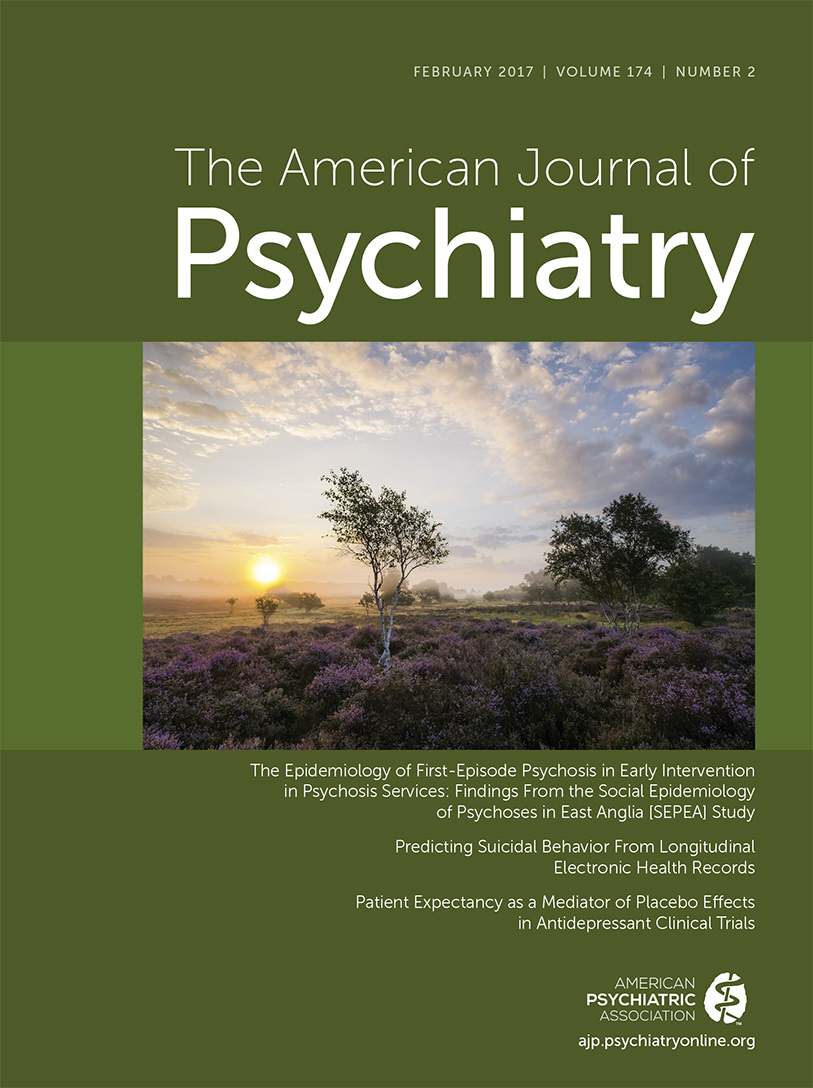The Epidemiology of First-Episode Psychosis in Early Intervention in Psychosis Services: Findings From the Social Epidemiology of Psychoses in East Anglia [SEPEA] Study
Abstract
Objective:
Few studies have characterized the epidemiology of first-episode psychoses in rural or urban settings since the introduction of early intervention psychosis services. To address this, the authors conducted a naturalistic cohort study in England, where such services are well established.
Method:
All new first-episode psychosis cases, 16–35 years old, presenting to early intervention psychosis services in the East of England were identified during 2 million person-years follow-up. Presence of ICD-10 F10–33 psychotic disorder was confirmed using OPCRIT [operational criteria for psychotic illness]. Incidence rate ratios were estimated following multivariable Poisson regression, adjusting for age, sex, ethnicity, socioeconomic status, neighborhood-level deprivation, and population density.
Results:
Of 1,005 referrals, 687 participants (68.4%) fulfilled epidemiological and diagnostic criteria for first-episode psychosis (34.0 new cases per 100,000 person-years; 95% CI=31.5–36.6). Median age at referral was similar for men (22.5 years; interquartile range: 19.5–26.7) and women (23.4 years; interquartile range: 19.5–29.1); incidence rates were highest for men and women before 20 years of age. Rates increased for ethnic minority groups (incidence rate ratio: 1.4; 95% CI=1.1–1.6), as well as with lower socioeconomic status (incidence rate ratio: 1.3; 95% CI=1.2–1.4) and in more urban (incidence rate ratio: 1.4;95%CI=1.0–1.8) and deprived (incidence rate ratio: 2.1; 95% CI=1.3–3.3) neighborhoods, after adjustment for confounders.
Conclusions:
Pronounced variation in psychosis incidence, peaking before 20 years old, exists in populations served by early intervention psychosis services. Excess rates were restricted to urban and deprived communities, suggesting that a threshold of socioenvironmental adversity may be necessary to increase incidence. This robust epidemiology can inform service development in various settings about likely population-level need.



